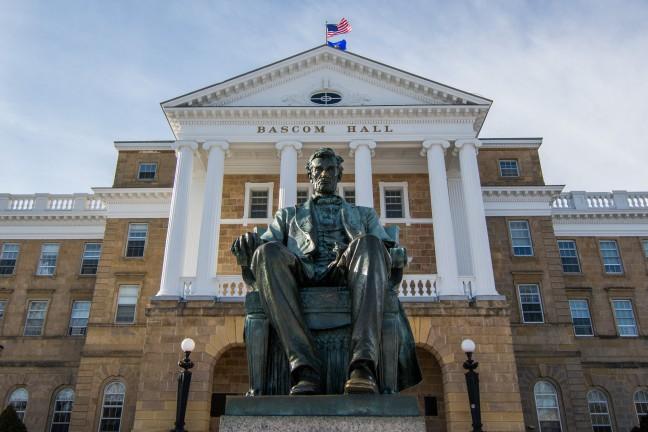Celebrating 100 years of Yiddish instruction at University of Wisconsin, UW’s Mayrent Institute for Yiddish Culture looks back at its historical start and hopes to continue with the addition of new classes.
In the fall semester of 1916, UW offered its first Yiddish class, the first and only Yiddish class offered at any university across the country. It would not be until 1948 that another college would offer a Yiddish course, according to a Mayrent Institute for Yiddish Culture statement.
Former professor Louis Bernard Wolfenson taught the class. Born in Lacrosse, Wisconsin to Jewish immigrants, Wolfenson was the embodiment of the “Badger success story,” Henry Sapoznik, Mayrent Institute for Yiddish Culture director, said. After graduating from UW in 1901, he went on to establish the first Jewish student association on campus and spread Yiddish culture on campus, Sapoznik said.
The Yiddish language was first developed approximately 1,000 years ago. It is a combination of German, Hebrew and Slavic languages, Philip Hollander, Center of Jewish Studies assistant professor, said.
Yiddish was heavily tied to Jewish culture. Up until the 19th century, Yiddish had been used primarily for religious texts, but afterward it developed into its own culture with literature, film and music, Hollander said.
For decades, UW paved the way for Jewish and Yiddish studies, Sapoznik said. Historically, most colleges and universities in the country placed quotas on the number of Jewish students allowed, but Sapoznik said UW has always allowed Jewish students to enroll.
To help continue the growth of Yiddish tradition on campus The Mayrent Institute was established in 2010. Open to anyone in the community, the center has served the Madison area as a center for Yiddish culture, hosting community events, lectures, conferences and concerts that revolve around embracing Yiddish through a cultural platform, according to a Mayrent Institute statement.
To celebrate the 100th anniversary of Yiddish culture classes available at UW, the institute plans to hold presentations and performances on Yiddish culture this spring, focusing on historic sound recordings and emphasizing cultural continuity, Sapoznik said.
“What we are doing to honor [the 100 year anniversary] is we are beginning a regular Yiddish conversation group to bring active language back on campus,” Sapoznik said.
The Mayrent Institute also plans to continue to expand their Yiddish cultural literacy through technology.
In spring 2016, the institute will launch a website that will include music, biographies of performers, newspaper articles, pictures and sheet music that viewers can explore to gain more insight on Yiddish history and culture, Sapoznik said.
“It is really exciting because the same way that Wolfenson brought something in terms of teaching Yiddish, we now have the chance 100 years later for teaching on a new platform,” Sapoznik said.
Additionally, UW hopes to add four more Yiddish classes in the next couple of years, Hollander said.
Sapoznik and his colleagues also hope to begin a monthly conversation that would be open to anyone in the community about Yiddish culture. The first of the conversations is set for March 7.
“Yiddish culture is important to study because a university is a place where the best minds come together to understand important foundational truths as a species,” Sapoznik said. “Yiddish culture is a real part of the DNA of American culture, so when you look back, this is all powerful and relevant stuff.”













